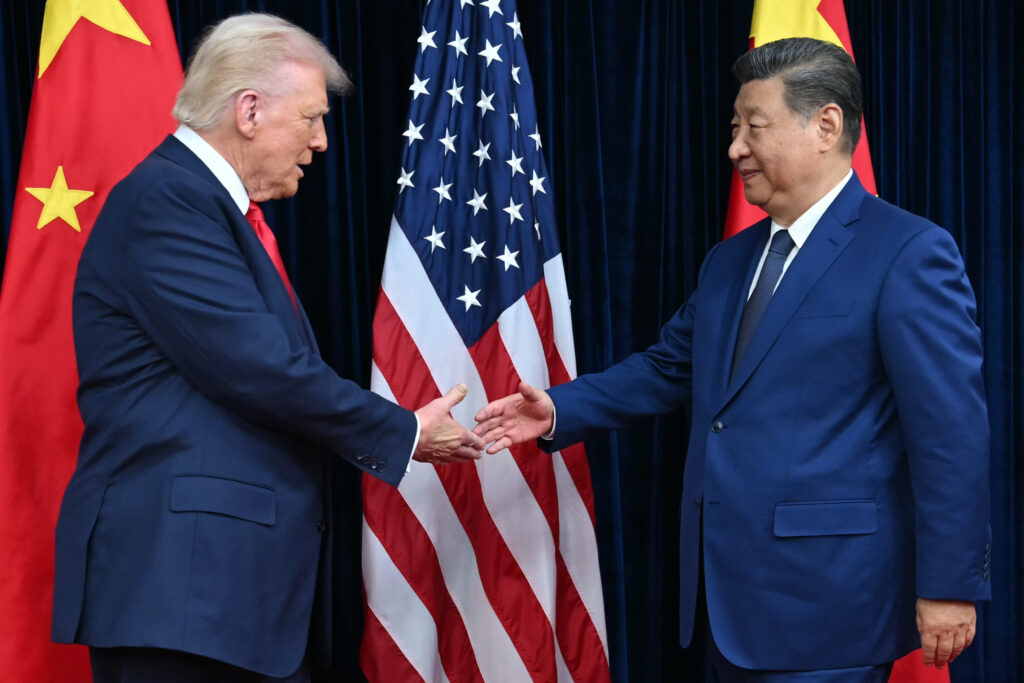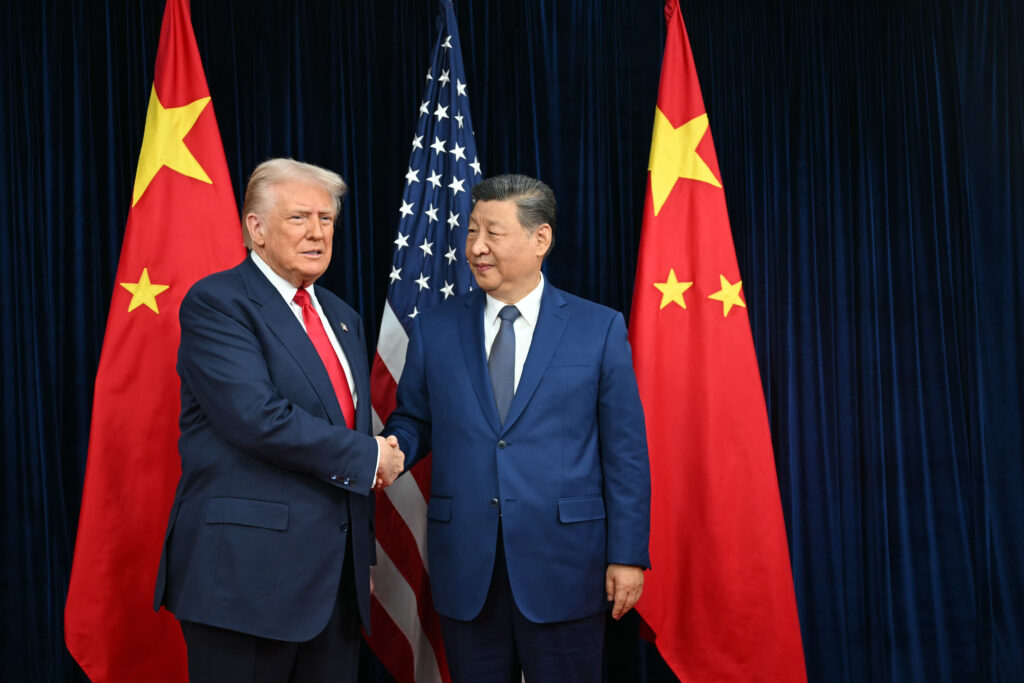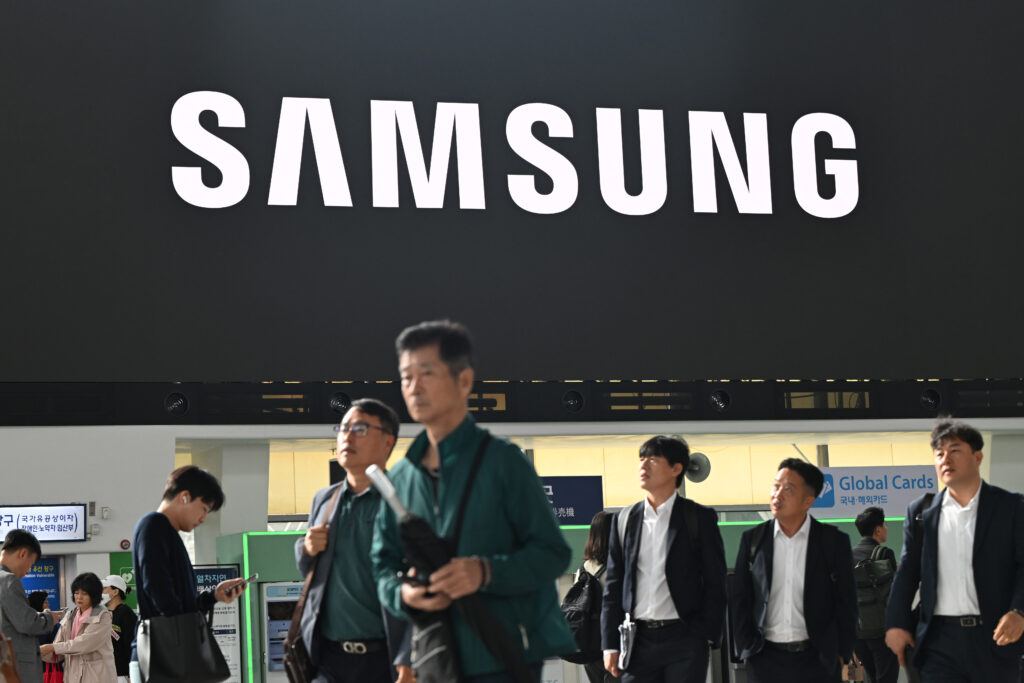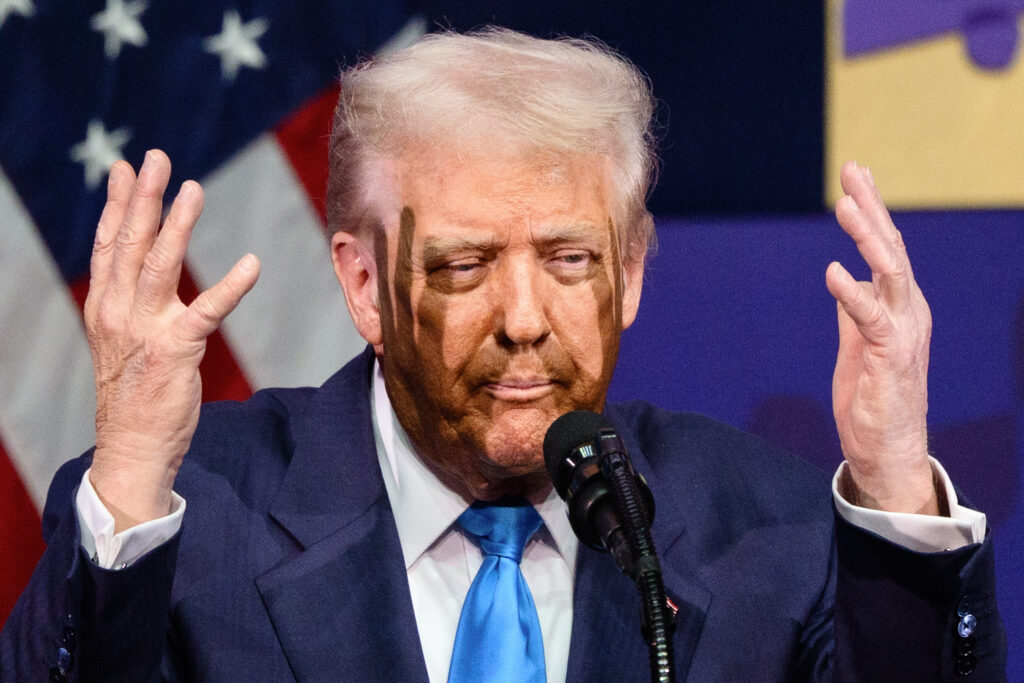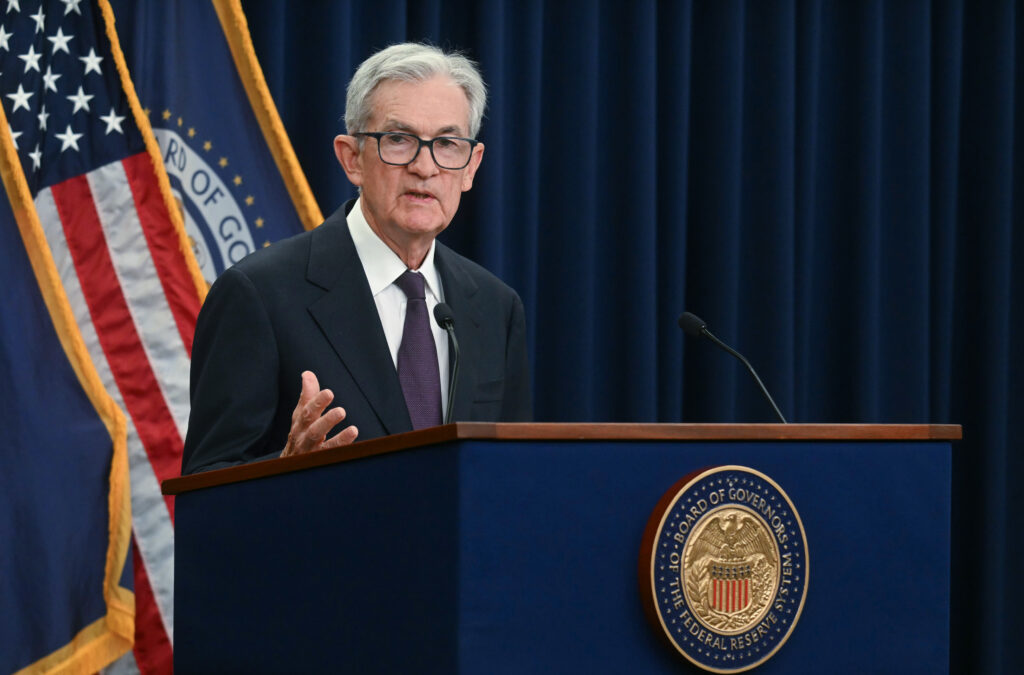Trump hails tariff, rare earth deal with Xi
US President Donald Trump called the meeting Thursday with China’s Xi Jinping a “great success”, after the world’s top two economies agreed a deal to trim fentanyl-related tariffs and keep supplies of critical rare earths flowing.There was no immediate comment from the Chinese government after what was the leaders’ first face-to-face meeting since 2019 and a key point in their trade battle that has rattled markets and snarled supply chains.”I thought it was an amazing meeting,” Trump said after the talks in Busan, South Korea, praising Xi as a “tremendous leader of a very powerful country” and saying he would visit China in April.Trump added that the deal included China immediately buying “tremendous amounts of soybeans and other farm products”, a key issue for Trump’s support in farm country and a point of leverage for Beijing.The US leader said the talks yielded an extendable one-year deal on China’s supply of crucial rare earths, materials that are essential for sophisticated electronic components across a range of industries.”All the rare earths has been settled, and that’s for the world,” Trump told reporters aboard Air Force One.Beijing had announced in early October additional controls on the export of rare earths, a sector where China is hugely dominant.”On fentanyl we agreed that he was going to work very hard to stop the flow… I put a 20-percent tariff on China because of the fentanyl coming in… and based on his statements today I am going to reduce that by 10 percent,” Trump said.- Nuclear testing -Neither leader made any public comments immediately after the talks, which lasted around an hour and 40 minutes.Trump headed straight to Air Force One, waving and pumping his fist as he boarded the plane. The jet took off minutes later.Xi was seen getting into his limousine outside the closed-door meeting.Xi acknowledged before the meeting began in earnest that both sides did not always see eye to eye, but should strive to be “partners and friends”.”China and the US can jointly shoulder our responsibility as major countries and work together to accomplish more great and concrete things for the good of our two countries and the whole world,” said Xi.Sitting opposite each other, each leader was flanked by senior officials including Secretary of State Marco Rubio, Treasury chief Scott Bessent and Commerce Secretary Howard Lutnick.Xi’s team, which arrived from Beijing shortly before — the US side was already in South Korea — included Foreign Minister Wang Yi, Commerce Minister Wang Wentao and Vice Premier He Lifeng.- Nuclear testing -Minutes before meeting Xi, Trump wrote on Truth Social that “because of other countries testing programs, I have instructed the Department of War to start testing our Nuclear Weapons on an equal basis”.Trump added that in terms of nuclear weapons stockpiles, China was a “distant third” behind the United States and Russia “but will be even in 5 years”.The comments came a day after Russian President Vladimir Putin said Moscow had successfully tested a nuclear-capable, nuclear-powered underwater drone, in defiance of US warnings.It was not immediately clear if Trump was referring to doing test nuclear explosions, something the United States last did in 1992, or testing weapons capable of carrying atomic warheads.- Crowning achievement -The meeting took place on the sidelines of an Asia-Pacific Economic Cooperation (APEC) summit of 21 countries in Gyeongju including the leaders of Japan, Australia and Canada.It is the final stop on an Asia tour that saw Trump, 79, showered with praise and gifts, including a replica of an ancient Korean golden crown.In Japan, new Prime Minister Sanae Takaichi said she would nominate Trump for the Nobel Peace Prize and gave him a putter and a gold-plated golf ball.However, Trump’s hopes of a re-run of his 2019 meeting with North Korean leader Kim Jong Un at the Demilitarized Zone frontier appear to have dashed.Trump said though that they would meet in the “not too distant future” and that he would like to “straighten out” tensions between North and South Korea.On Thursday, he hailed the military alliance with South Korea as “stronger than ever” and said he had given the green-light for Seoul to build a nuclear powered submarine.One surprise in the talks could have been if Xi had brought up Taiwan, with speculation that Beijing might press Trump to water down US backing for the self-ruled island.Since 1979, Washington has recognised Beijing over Taipei as the sole legitimate Chinese power, even though the United States remains Taiwan’s most powerful ally and its main arms supplier.But Trump said that Taiwan “never came up. That was not discussed actually.”The US president added though that he and Xi agreed to “work together” on the issue of Ukraine.burs-stu/jm
